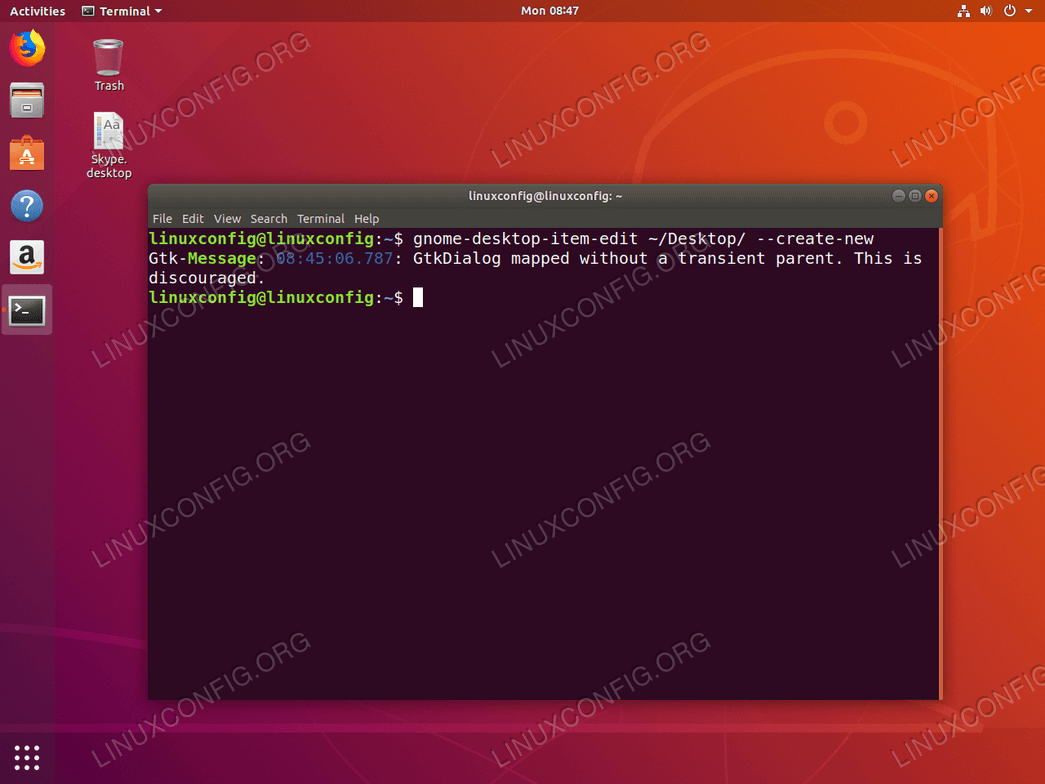
Oh and thanks in advance for any tidbits that can help point me in the right direction. Perform right click and Paste on your desktop. Hopefully, you can dumb it down a bit ^_^ Find an Application you wish to create a Launcher on your desktop. We need to manually create desktop shortcut icon first. I have a basic understanding working with the command line and Linux in general but am not advanced. To Launch Anaconda Navigator via Desktop shortcut/icon. If I open another terminal outside that 'shortcut', the terminal opens to the default home directory like usual.I can instantly work on the files located there.Click on an appropriate category (e.g. To launch a program, you must create a shortcut that points to the executable of the program. First, right-click on kickoff icon located at the left bottom corner of your desktop, and then choose Edit Applications menu.
LINUX HOW TO CREATE A SHORTCUT ON DESKTOP WINDOWS 7
LINUX HOW TO CREATE A SHORTCUT ON DESKTOP FULL
Full StoryĬurrently, when I open the terminal (via the Linux Mint GUI menu) it by default 'takes' me to the home directory. Now double click on the new icon and hit Trust and Launch button. At this stage the new shortcut will be created on your Desktop. Left click the Desktop (create shortcut) item on the list. To create a new desktop shortcut launcher on Ubuntu 18.04 execute the following linux command: gnome-desktop-item-edit /Desktop/ -create-new Fill in all required information and hit OK button.


Skim down the menu that appears and left click the Send To item on the list. Navigate to the file or folder on your computer. Preferably I just click on a 'shortcut' link and it opens that customized terminal to that directory or maybe runs the CD command for me. How do you create a desktop file Create Desktop Shortcut for a File or Folder. Is there a way to do that without changing the default directory? Open the Desktop folder in one pane, and the source folder in the other pane. I am looking for an easy way to consistently run a terminal that automatically opens to a specific directory. To create symlinks in Linux Mint Cinnamon: In the file manager (Nemo) open the View menu > Extra Pane.


 0 kommentar(er)
0 kommentar(er)
